Safe, heavy metal-free plant is high in protein
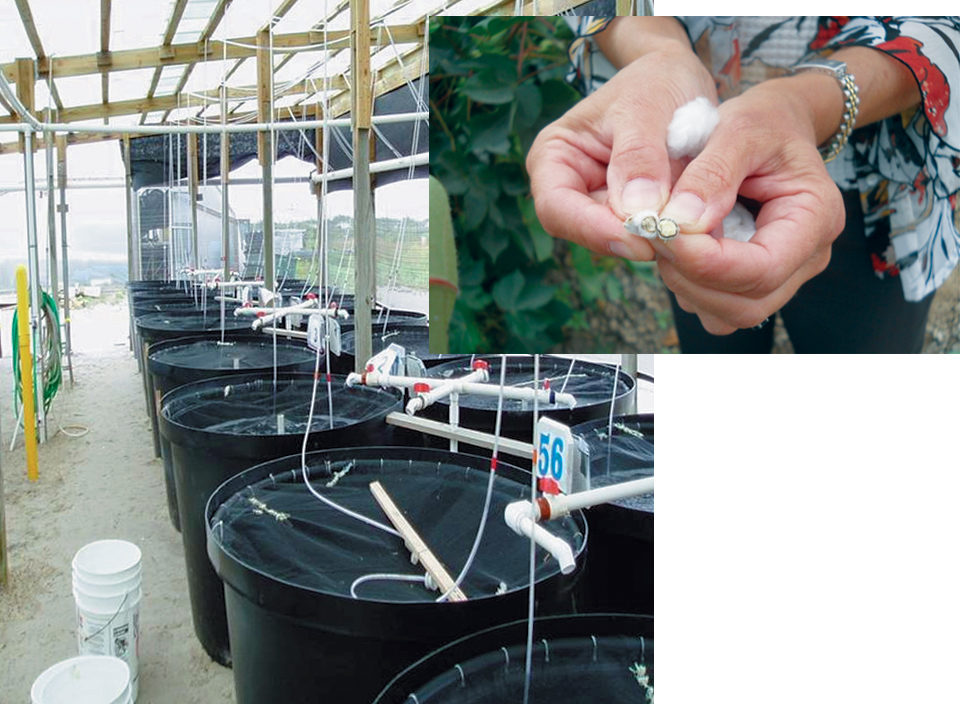
Dietary protein in aquafeed, which accounts for the majority of content and expense, is typically comprised of fishmeal and soybean meal. Due to the high cost of fishmeal and long-term sustainability issues, a number of alternate protein sources have been examined over the years as complete or partial replacements for fishmeal.
Cottonseed meal has a number of benefits as a potential fishmeal replacement. It is a safe, heavy metal-free plant protein source that is high in protein, less expensive than fishmeal and generally less expensive than soybean meal. However, normal glanded cottonseed meal contains gossypol, a compound that is toxic to aquatic animals, including shrimp.
Glandless seeds
The existence of mutant cotton plants without the lysigenious glands that are typical of cotton plants was first noted in the late 1950s. As the glands are the storage site for gossypol, these “glandless” plants were largely gossypol-free. This discovery led to the belief that gossypol-free cottonseed would at some point become readily available, and considerable research was initiated on potential industrial and food uses for glandless cottonseed protein.
Unfortunately, glandless cotton plants tended to be more prone to insect damage than glanded cotton plants were, and varieties developed with the glandless trait never found commercial acceptance. However, over time, these developments spawned the idea that cotton plants might be engineered with gossypol eliminated from the seeds but maintained in the other tissues of the plant.
In 2006, Ganesan Sunilkumar demonstrated that this was possible with the development of iRNA technology coupled with the availability of seed-specific promoters. It is likely plants with very low seed gossypol levels may be commercialized within the next five to 10 years.
Potential fishmeal replacement
To prepare for the day when these varieties are a reality, research on gossypol-free seed is again being promoted using glandless cotton varieties as models. Of particular interest are expanded uses for the seed protein, which up to now has been usable as a feed ingredient in only ruminant animal diets, since it is known that gossypol can be toxic to aquatic animals at high levels.
This toxicity has severely limited the use of cottonseed meal in diets for Pacific white shrimp (Litopenaeus vannamei). In 1996, Chhorn Lim reported that L. vannamei that consumed diets containing more than 26.5 percent cottonseed meal had reduced survival, weight gain and feed consumption, while shrimp fed diets with more than 39.8 percent cottonseed meal experienced high mortality.
However, glandless cottonseed meal could potentially be added to shrimp diets at higher levels than “traditional” cottonseed meal without the worry of toxicity. The ability to effectively replace fishmeal protein with glandless cottonseed meal protein would provide a cost savings to shrimp farmers and help produce a more sustainable product than fishmeal-based feeds.
Digestibility, growth studies
To examine the effects of glandless cottonseed meal in shrimp diets, Cotton Inc. funded a series of studies conducted at Texas AgriLife Research Mariculture Laboratory at Flour Bluff in Corpus Christi, Texas, USA, over the past two years. In the first year, a digestibility study was performed using six glandless cottonseed meals processed with different techniques and one traditional glanded cottonseed meal.
The results of the study showed apparent protein digestibility values for the six glandless meals that increased from 72.4 to 94.1 percent with the level of ingredient refinement and were generally higher than the 82.3 percent digestibility for the glanded cottonseed meal. The high apparent digestibility values obtained in this study demonstrated glandless cottonseed meal can be effectively utilized by feed formulators to replace more-expensive protein sources in Litopenaeus vannamei diets.
Based on these results, a growth study was conducted in a zero-exchange system using a fast-growth line of L. vannamei stocked at 40 shrimp per cubic meter. Hexane- and water-extracted glandless cottonseed meal was chosen from the six glandless meals examined in the digestibility study for use in diets at different inclusion levels to replace fishmeal and lipid in a 35 percent crude protein diet with 30 percent fishmeal. The diets were formulated on an iso-nitrogenous basis and balanced for ash, calcium, fiber, lipid and phosphorus.
Carrying the study to 20-gram size shrimp showed that glandless cottonseed meal was able to replace up to 67 percent of the fishmeal without significantly affecting mean growth (2.58 grams per week) and feed-conversion ratios (1.29), provided dietary lipid was maintained by supplementing the diet with menhaden oil.
The glandless cottonseed meal was only able to replace up to 33 percent of the fishmeal without significantly affecting growth and feed conversion when the dietary lipid was maintained through cottonseed oil supplementation. These findings suggested glandless cottonseed meal has the ability to replace significant amounts of fishmeal in research and commercial diets.
Commercial application
In the second year of research, the data from year 1 allowed David Brock, a nutritionist at Rangen Inc. in Buhl, Idaho, USA, to replace 50 percent of the fishmeal in the company’s commercial diet with glandless cottonseed meal.
A growth trial conducted in a zero-exchange system using a Taura-resistant line of L. vannamei stocked at 72 shrimp per cubic meter evaluated the ability of three glandless cottonseed meals that ranged from 51.9 to 61.2 percent crude protein, depending on processing technique, to replace approximately 50 percent of the fishmeal protein in a 35 percent-crude protein diet. At the end of the study, no significant difference was detected among treatments in mean final weight (20.2 grams), feed-conversion ratio (1.23), growth (1.9 grams per week) or survival (97.8 percent).
(Editor’s Note: This article was originally published in the March/April 2012 print edition of the Global Aquaculture Advocate.)
Now that you've reached the end of the article ...
… please consider supporting GSA’s mission to advance responsible seafood practices through education, advocacy and third-party assurances. The Advocate aims to document the evolution of responsible seafood practices and share the expansive knowledge of our vast network of contributors.
By becoming a Global Seafood Alliance member, you’re ensuring that all of the pre-competitive work we do through member benefits, resources and events can continue. Individual membership costs just $50 a year.
Not a GSA member? Join us.
Authors
-
Anthony J. Siccardi III, Ph.D.
Texas AgriLife Research Mariculture Laboratory at Flour Bluff
4301 Waldron Road
Corpus Christi, Texas 78418 USA -
Cristina M. Richardson, Ph.D.
Texas AgriLife Research Mariculture Laboratory at Flour Bluff
4301 Waldron Road
Corpus Christi, Texas 78418 USA -
Tzachi M. Samocha, Ph.D.
Texas AgriLife Research Mariculture Laboratory at Flour Bluff
4301 Waldron Road
Corpus Christi, Texas 78418 USA -
Michael K. Dowd, Ph.D.
USDA Agricultural Research Service
Southern Regional Research Center
New Orleans, Louisiana, USA -
Tom C. Wedegaertner, Ph.D.
Cotton Inc.
Cary, North Carolina, USA
Tagged With
Related Posts
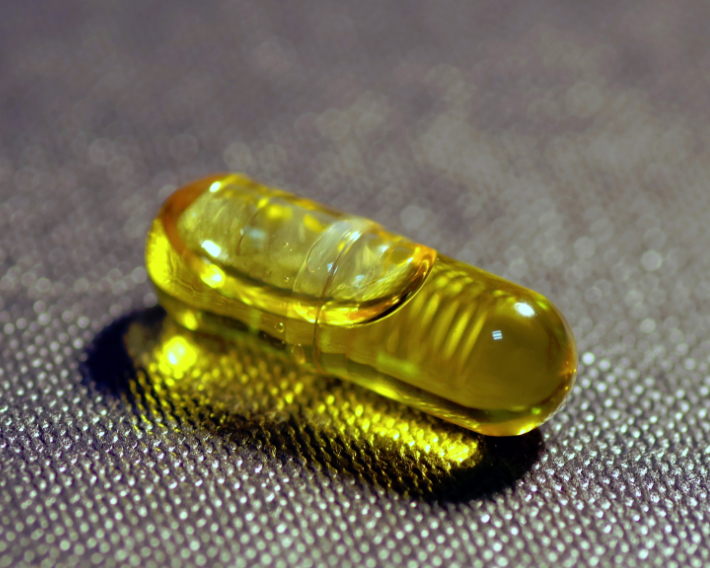
Aquafeeds
Considerations for alternative ingredients in aquafeeds
A key to expanding aquaculture is finding alternative sources of proteins and oils. Supplementing or replacing fish oil in aquaculture feeds with alternative lipid sources – oils seeds, microalgae, insects and others – appears possible as long as essential fatty acid (EFA) requirements are satisfied.
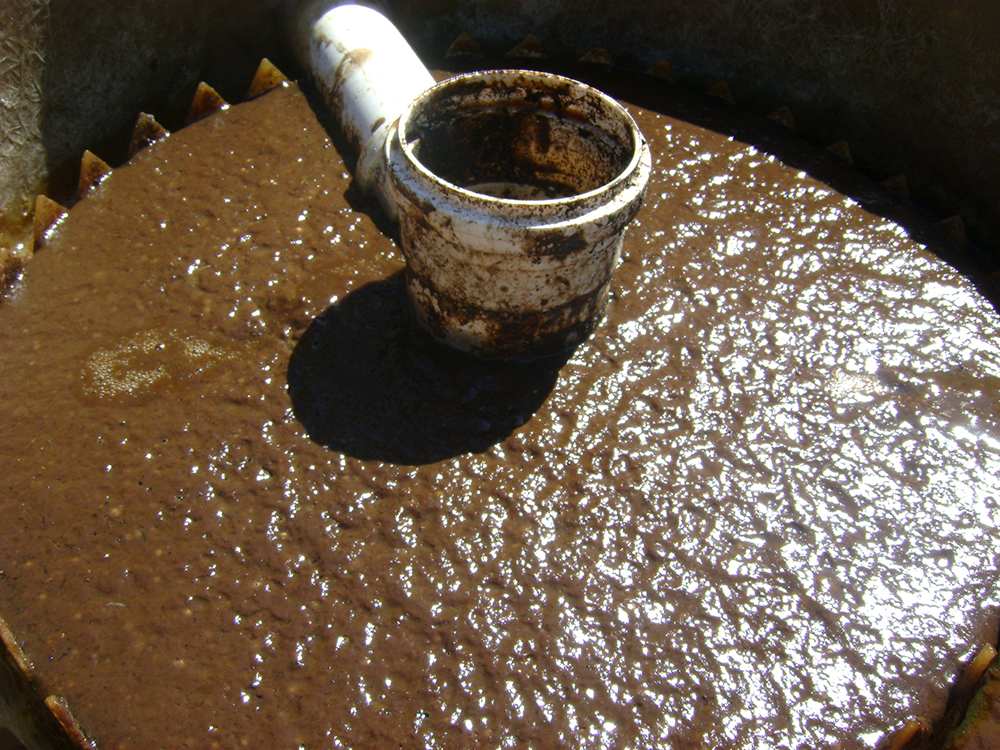
Aquafeeds
Crude protein and lipid from biofloc meals from an activated sludge system
A study compared the bioavailability of crude protein and lipid from biofloc meals generated with an activated sludge system using two water sources: wastewater from shrimp experimental culture (BFL-W) and, artificially, using clean seawater (BFL-C).
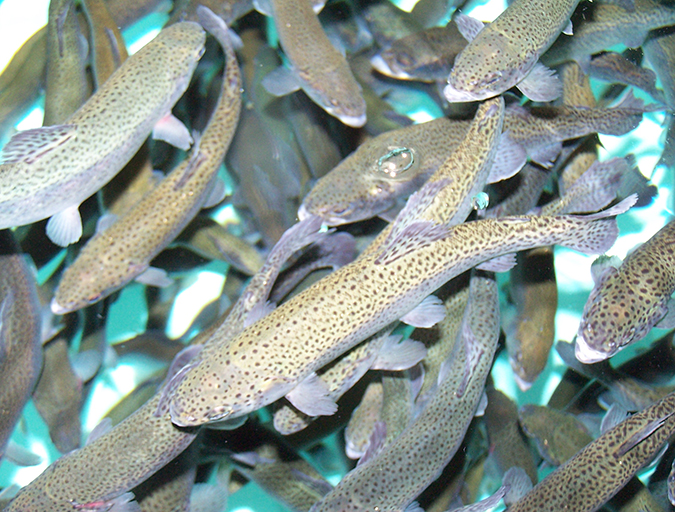
Aquafeeds
Farmed fish nutrition the focus of ISFNF 2016
At the biannual International Symposium on Fish Nutrition and Feeding in Idaho, experts from around the world will discuss fish nutrition and health, feed research, cellular nutrition, nutritional modeling, nutrigenomics and effective feeds for quality consumer products.
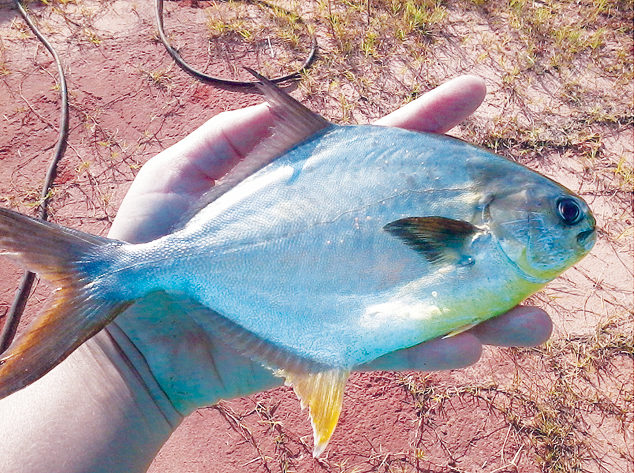
Health & Welfare
High-soy, fishmeal-free diets support Florida pompano growth
The authors have achieved good growth using a fishmeal-free diet for the carnivorous marine fish Florida pompano. In studies, they used pompano as a model marine species in a cost/benefit analysis of two extruded diets.



